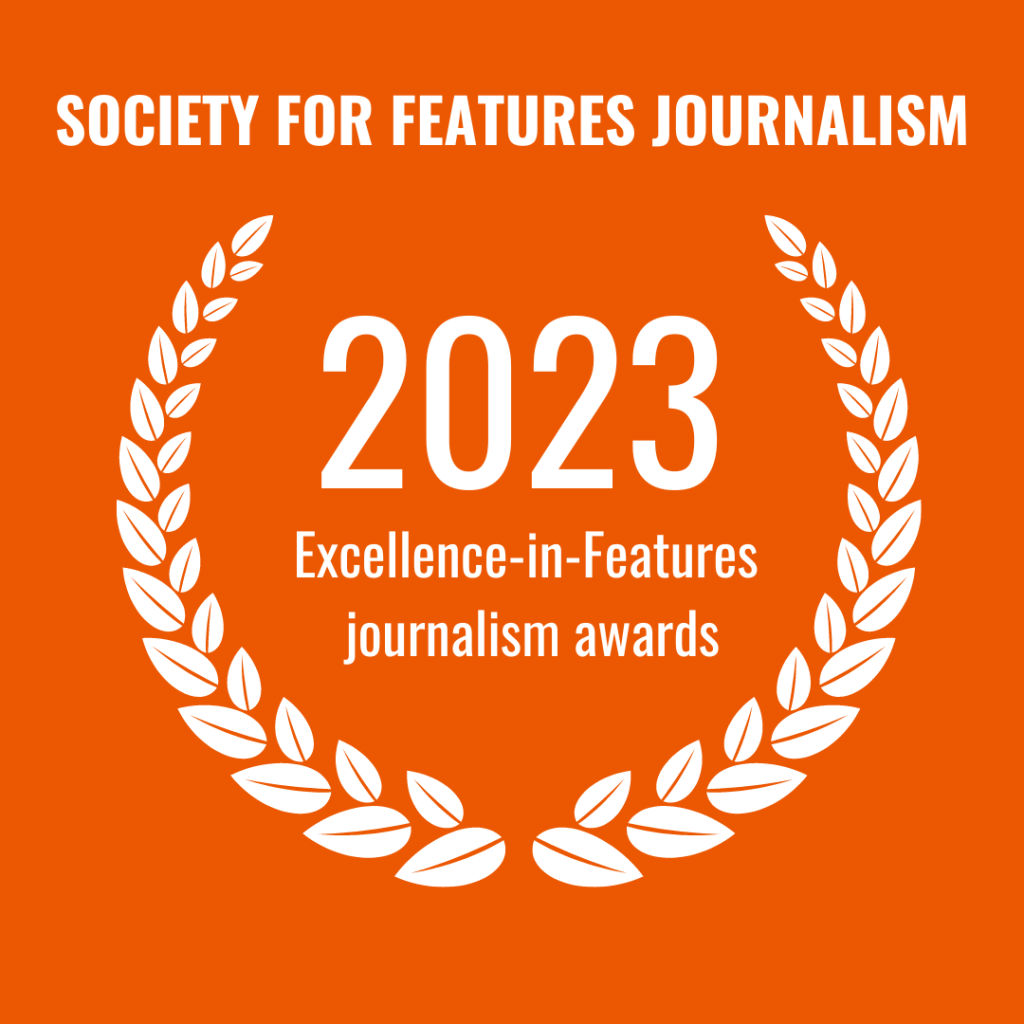What is the true artistry behind a successful product? Is it all about aesthetics, or does the utility hold a greater value? How can design and functionality merge to create a product that not only appeals to the eyes but also satisfies the user’s needs?
Even while a close focus on aesthetics can lead to visually appealing products, oftentimes it may result in compromises on usability, as observed by Nielsen Norman Group. Stated similarly by Forbes, a product’s function should become the driving force behind its design. In numerous instances, businesses rush to out-do competitors with visually attractive products but end up neglecting functionality and user-friendly interfaces. This growing issue needs a solution, particularly in the United States, where product design and development is a major economic contributor. A proposal has been set forth to balance design and usability, thereby creating products that not only visually appeal but also meet the specific needs of consumers.
In this article, you will learn about how successful companies are striking the perfect balance between design and functionality. We will investigate how these companies have understood and implemented a harmonious blend of aesthetics and usefulness, thereby guaranteeing the satisfaction of their customers.
This piece will embrace practices from industry leaders such as Apple, Dyson, and BMW, discussing both classic and modern examples of design functioning at its best. You will also learn about the future of design and functionality intersection, including the role of technology, particularly AI, in this evolution.

Definitions and Meanings: Deciphering the Intersection of Design and Functionality
The intersection of design and functionality refers to the point where aesthetics and utility meet. Design is about making things look good, while functionality is about making things work well. Striking the balance between the two means creating products that are not only pleasing to the eye but also easy and efficient to use. This concept is fundamental in various industries, from web design to product manufacturing. The ability of companies to strike this balance often determines their success in the market as it impacts directly on the user experience. Consequently, they place a significant emphasis on marrying design and functionality in their product development strategies.
Unraveling the Mystique of Functionality in the Realm of Design: Companies Mastering the Aesthetics
Harmonizing Design and Functionality
The corporate world is seeing an accelerated convergence of design and functionality, a trend that is fundamental in reshaping business frameworks. Companies are increasingly appreciating the value of exceptional design, not only for its aesthetic properties but also for its capacity to enhance functionality. A sophisticated design, in this context, is more than just a visual impression; it is a critical component of the user experience.
The likes of Apple and Tesla have set the gold standard for championing the blend of design and functionality. Their product lines reflect the careful orchestration of these two elements, yielding offerings with eye-catching design, excellent usability, and top-tier performance. As such, the balance is not just about making products or services visually appealing but ensuring that every design element serves a specific function.
Driving Factors and Methods for Integrating Design and Functionality
This union of design and functionality isn’t a random event. It’s driven by the increasing emphasis on user experience, the growing need for distinction in competitive markets, and the influence of technological advancements. With such dynamics at play, companies are unveiling new methods to optimize both design and functionality.
- Implementing Design Thinking: This approach involves using design principles in problem-solving. It allows companies to remain client-focused while making key decisions about their products or services, ensuring the final result is both aesthetically pleasing and functional.
- Using Technology: Modern technologies, such as AI and data analysis, can help companies form a deep understanding of user behavior and preferences. This knowledge can then guide the integration of design and functionality, leading to solutions that are both visually enticing and functional.
- Taking an Iterative Approach: Rapid prototyping and iterative design allow businesses to continually refine their offering until they achieve the right design-functionality blend. This process includes obtaining user feedback and making necessary adjustments.
Emerging from this trend is a new breed of companies that embrace the symmetry of design and functionality. They understand that their success hinges on their ability to balance these two elements, acknowledging that, ultimately, design is the enabler of functionality. This comprehension has led to a paradigm shift where aesthetic and functional elements are no longer considered distinct, isolated aspects but rather two sides of the same coin. The challenge that companies now face is not about choosing between design and functionality, but in finding the sweet spot where these components intersect seamlessly, delivering an unparalleled user experience.
Design vs Functionality: The Corporate Tightrope Walk
Identifying the Harmonious Intersection
Is there a method to achieve the perfect mingling of aesthetics and functionality? Industry leaders have started to invest more resources into striking a balance between design and functionality. The key concept is not viewing these two aspects in isolation but understanding that they are symbiotic, complementing each other rather than competing. A product, whether physical or digital, should not only be easy-to-use and purposeful but also visually appealing and engaging. Thus, creating a harmonious blend of design and functionality becomes a challenging but critical task for businesses.
Addressing the Main Dilemma
The significant obstacle that arises in achieving this balance is the misconception that prioritizing one aspect inevitably leads to the compromise of the other. Companies often grapple with the thought that a highly functional product can’t be visually engaging, while a stunningly designed product won’t be user-friendly. In both cases, there is a risk of failure; a product that is gorgeous to look at but confusing to use won’t retain customers, just as a highly functional but visually dull product may fail to attract potential users in the first place. Therefore, the main problem lies not in the difficulty of achieving a balance but in the mindset that design and functionality are mutually exclusive.
Exemplary Approaches to Achieving the Balance
Several iconic businesses have adopted strategies that show how balance can be achieved. A prime example is Apple, with its focus on minimalistic design that doesn’t sacrifice functionality. While their products are known for being aesthetically pleasing, they also offer a simple, intuitive user experience. Another example is Airbnb, whose user-friendly interface beautifully marries design and functionality. The site’s simple, streamlined design makes it easy for users to find properties and book accommodation, while also providing visually appealing images of listed properties. These examples solidify the idea that design and functionality can be, and indeed should be, viewed as two sides of the same coin. These top players in the industry have demonstrated that this perfect balance is not just achievable, but also vital for success.
The Intrinsic Bond Between Design and Functionality: Industry Case Studies of Achieving Equilibrium
The Art of Balancing Elegance and Efficacy
Why is it so difficult to perfect the fusion of aesthetics and utility? The pivotal crux of this challenge lies in the very definition of design and function. Design is subjective, dependent heavily on individual perception and cultural influences. It’s the visceral element that grabs our attention and draws us in. Conversely, functionality is objective, measurable, and founded on principles of efficiency and usefulness. The attempt to marry these two contrasting concepts often leads to an imbalance, with one aspect overshadowing the other.
Confronting the Goliath of Equilibrium
This delicate yet crucial imbroglio looms large over many corporations in various sectors. Every company aims to create products or services that are visually appealing and effective in meeting end-user requirements. They often find themselves in a conundrum. Emphasizing aesthetics might impair functionality, turn off users looking for simpler, more intuitive solutions. Conversely, prioritizing utility at the expense of attractive design could cause a product to go unnoticed in an increasingly competitive, visually-driven market. This unfortunate paradox could lead to customer dissatisfaction, loss of market share, and an ultimately unsustainable business model.
Admirable Approaches to Overcoming the Impasse
Apple Inc. represents a commendable example of striking an optimal balance between design and utility. Their products, from the MAC to the iPhone, are famed for their sleek, minimalist aesthetics, setting them well apart in a crowded marketplace. Yet, their success is not built on looks alone; these devices are equally renowned for their intuitive, user-friendly interfaces which have revolutionized personal computing and mobile technology alike.
Airbnb is another company that navigates this tightrope with expertise. They transformed the hospitality industry with a simple yet innovative premise. Despite the simplicity of its concept, though, its success can significantly be attributed to its highly functional, user-friendly interface coupled with an attractive, engaging design. The aesthetic appeal plays a vital role in attracting users, while its functionality ensures they stay, explore, and ultimately book accommodations.
These paragons of successful design and functionality integration effectively prove that the struggle to achieve equilibrium is surmountable. It just requires a clear understanding of the target audience, a strong commitment to user experience, and an unwavering dedication to innovation.
Conclusion
Can we then ignore the essence of balancing design and functionality in successful business models? Definitely not. This dynamic intersection presents a unique challenge for many businesses. The process involves not just creating something visually appealing, but also deployable and efficient in its function. It’s the art of maintaining the delicate equilibrium between design, which attracts and engages potential clients, and functionality, which improves user experience and satisfaction, creating an efficient product or service.
Now, we invite you to follow our blog to stay updated on this unfolding topic. We’ll delve deeper into how renowned companies have successfully achieved this balance, the strategies they implement, and the outcomes they experience. From innovative startups to established corporate giants, we provide a comprehensive view of different industries’ approaches to the intersect of design and functionality. We encourage you to immerse yourself in these insightful narratives and discussions, which we believe would be instrumental in driving your individual or business growth.
While waiting for our new releases, we urge you to ponder on the significance of this balance in your own ventures. Consider the innovative ways you can synthesize design and functionality to achieve optimal results in your respective fields. Remember that your quest for striking the balance between design and functionality is not just a pursuit for aesthetic appeal but a venture towards enhancing utility, customer satisfaction, and ultimately business success. Keep exploring, keep learning, and keep innovating as we navigate this fascinating discussion together.
F.A.Q.
1. What does the term ‘Intersection of Design and Functionality’ mean?
This term refers to the ideal blend where a product’s aesthetic appeal (Design) effectively meets its usefulness (Functionality). Striking this balance can significantly enhance a product’s value and appeal to consumers.
2. Can you provide examples of companies that have struck the right balance between design and functionality?
Apple Inc. is a classic example of a company that consistently strikes the right balance, combining intuitive interfaces with sleek, minimalistic designs. Dyson also excels in the integration of design and functionality, making visually striking household appliances that also deliver exceptional performance.
3. Why is it important for companies to focus on both design and functionality?
A harmonious integration of design and functionality increases product usability and user satisfaction. When a product is both visually appealing and functional, it can contribute significantly to customers’ perception of the brand’s quality and reliability.
4. How can companies achieve a balance between design and functionality?
Companies can achieve this balance by collaborating closely between their design and engineering teams. They should also incorporate user feedback during the product design and development phases to ensure the product meets consumer needs and expectations.
5. Are there any challenges companies face when trying to integrate design and functionality?
Yes, companies often struggle to balance aesthetic aspirations and practical functionality due to factors like production costs, technological constraints, or differing user preferences. However, by prioritizing user-centric design, businesses can effectively strike a balance that fulfills both aesthetic and practical needs.


